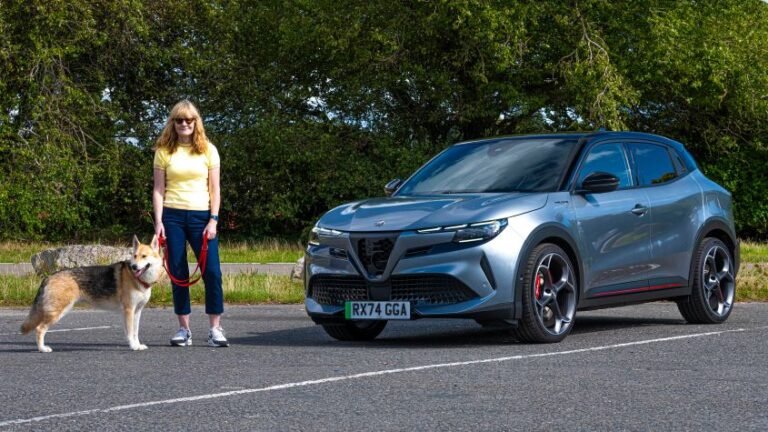
Toyota is testing something new with the RAV4 plug-in hybrid
We just had the opportunity to get the wheel of the all-new 2026 Toyota RAV4, which is particularly quick in plug-in hybrid form. This 324-horsepower PHEV is more powerful than any direct rival, but this electrified crossover also has the ability to make use of a Level 3 fast charger for its battery.
This is quite significant in the realm of plug-in hybrids, as most of them only employ slower Level 2 charging, given that they can rely on the gas engine. Even more unusually, not every version of the RAV4 PHEV can use a fast charger—some are restricted to the more typical Level 2 charging—but Toyota has just cleared up the confusion.
Peak Performance, More of the Time
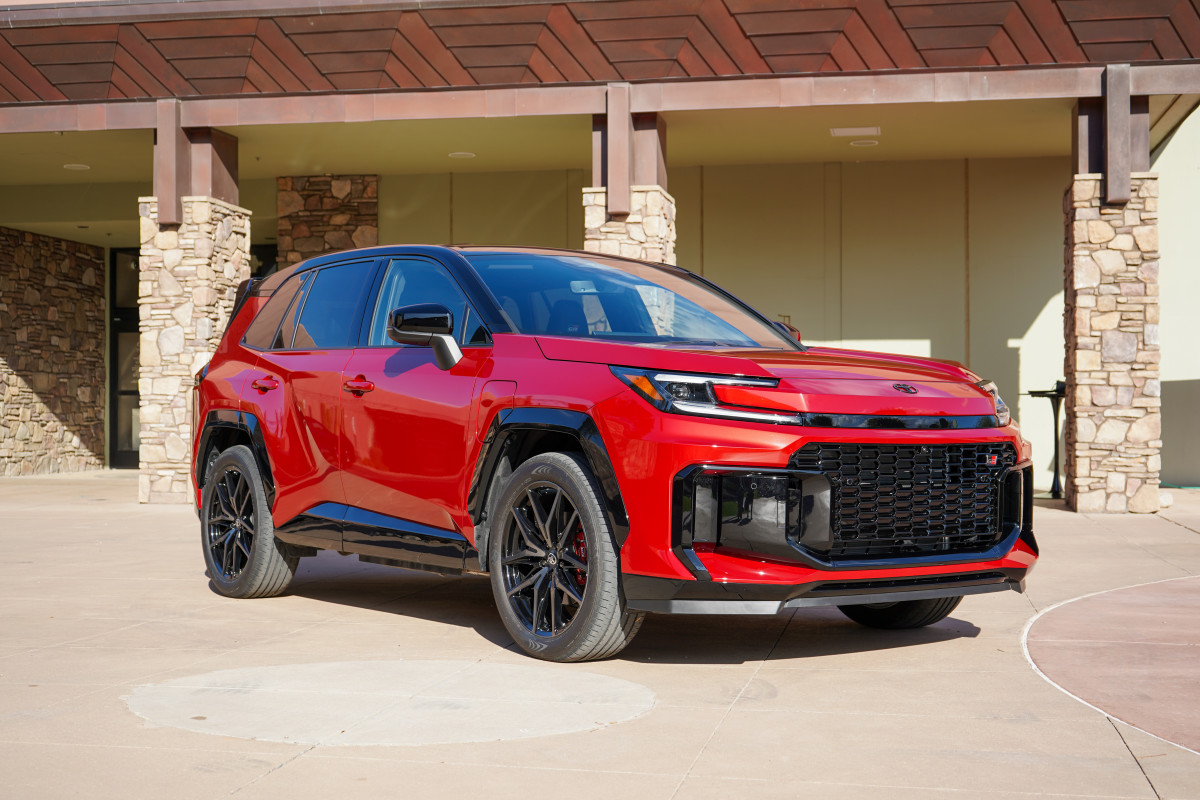
Cole Attisha
Essentially, Toyota wants buyers of the upper RAV4 PHEV trims to enjoy the full benefits of the powertrain more of the time—even on longer trips when the battery is likelier to become drained. DC fast charging at up to 50 kW is the answer.
“Of course the default is AC charging for plug-in hybrids, but the max performance potential of the PHEV, that’s with a fully charged battery, ready to go,” said RAV4 chief engineer Yoshinori Futonagane when talking to Road & Track. “It’s always going to give you the best performance if the battery is fully charged at the maximum potential.”
“This is a challenge for us in a certain way, a test for us,” continued Futonagane. “For our customers who go on longer journeys, we want to give them the option to DC fast charge so that they can enjoy the maximum potential of their PHEVs at all times.”
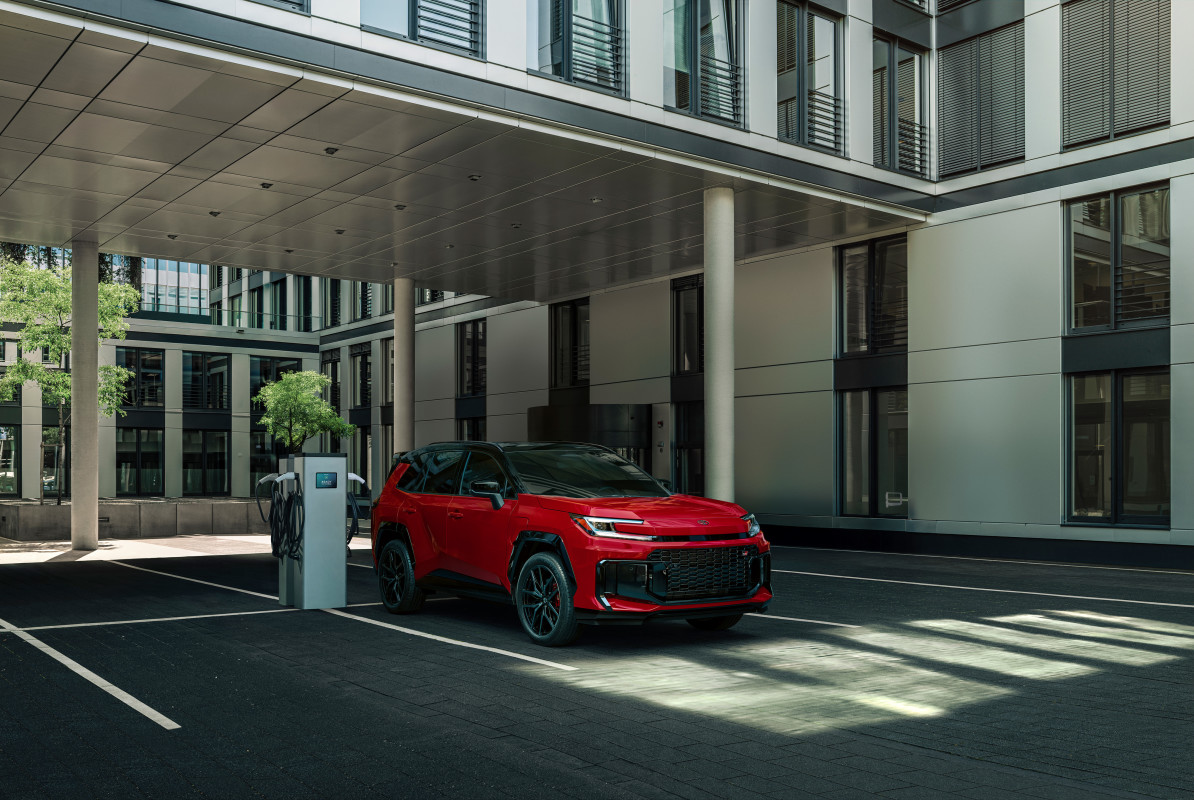
Toyota
The downside to fast charging? It’s a lot more expensive, which is why Toyota has only added this capability to the XSE and Woodland, not the SE and GR Sport. The company believes buyers of the more premium models will be willing to spend more for the benefits of fast charging.
For the record, the RAV4 PHEV can hit 52 miles of all-electric range on a full charge. With DC Level 3 fast charging, the battery can be replenished from 10% to 80% in about 30 minutes, whereas it will take approximately four hours with Level 2 charging.
Related: 2026 Toyota RAV4 First Drive Review: What’s New, How It Drives, and Our Verdict
Level 3 Charging Costs
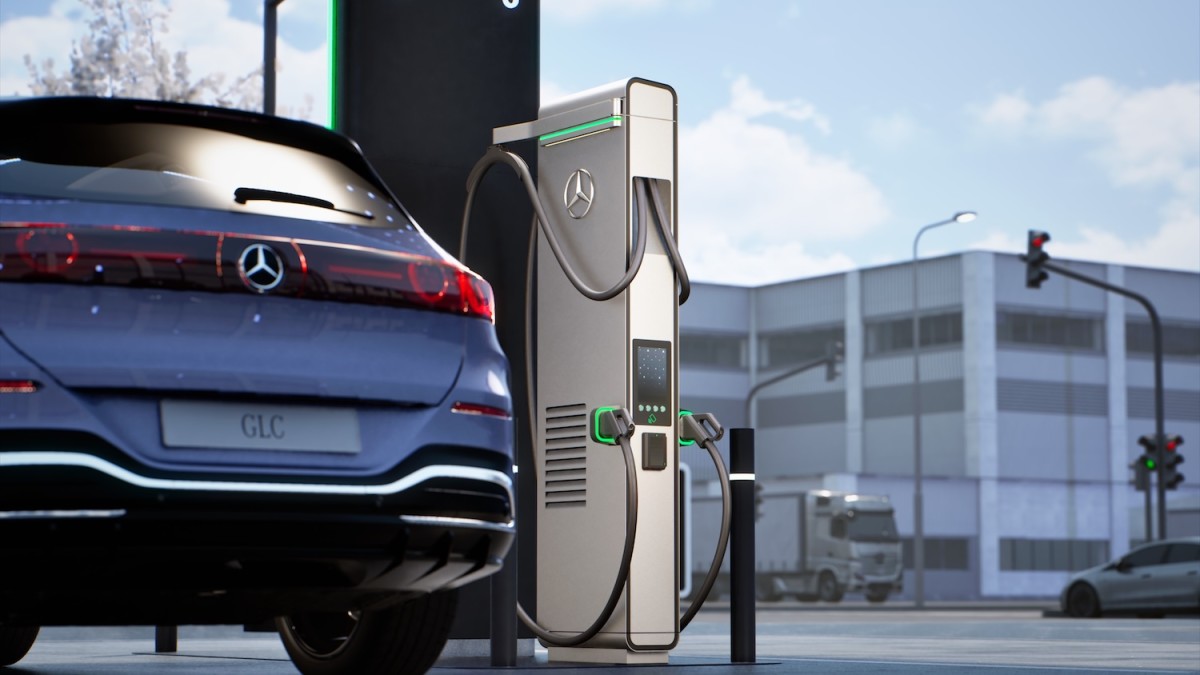
Mercedes-Benz
Charging costs vary widely and depend on factors like the network you’re using or specific electricity rates at a specific time of day. It’s even more complicated to calculate for a PHEV, which can rely on gas power for long periods.
Assuming that you drive an average of just over 1,000 miles per month in an EV, Kelley Blue Book estimates you’ll use roughly 338 kW. Charging at home for that amount of energy will cost roughly $61, while the same amount of energy from a DC fast charger could cost $169. In percentage terms, your charging costs will go up by roughly 177%.
The RAV4 PHEV’s maximum charging speed of 50 kW is lower than that of EVs, but this example still demonstrates how much greater costs associated with DC fast charging are.
Final Thoughts
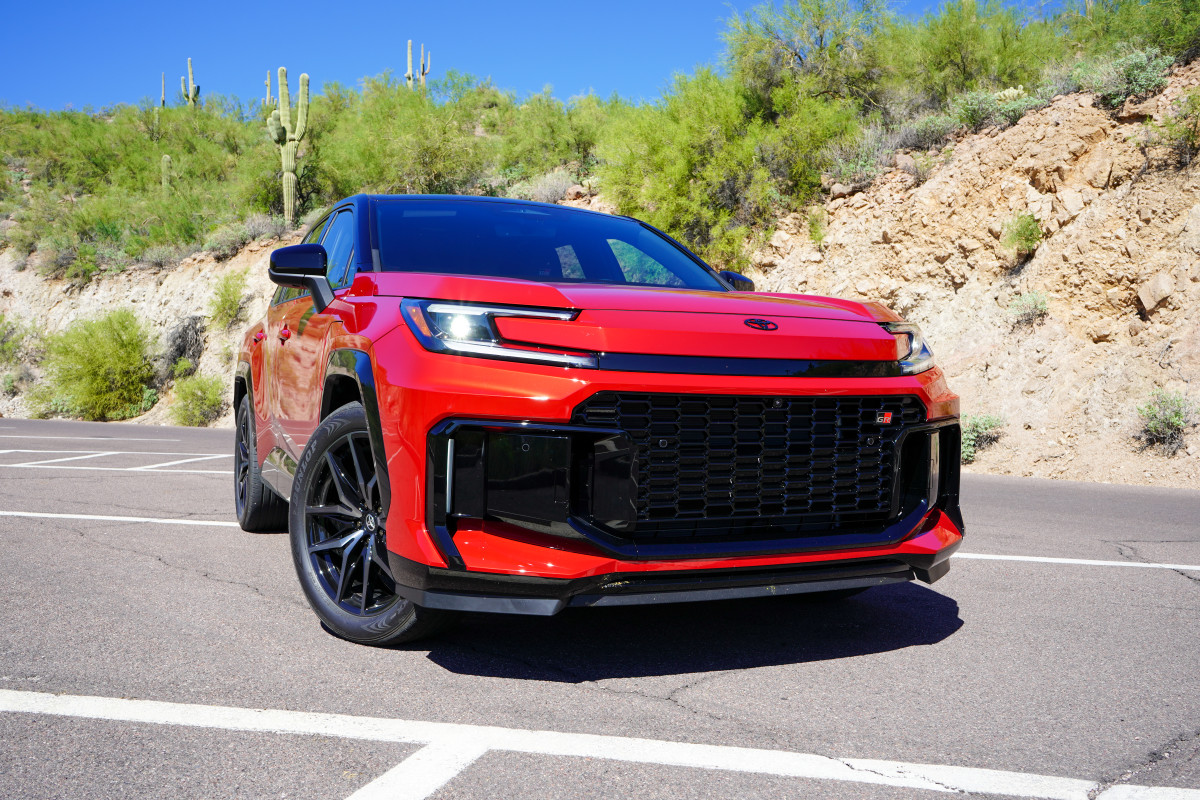
Toyota isn’t known for taking risks, but the RAV4 is a refreshingly bold product, especially given its best-seller status. If the PHEV’s faster charging proves popular, the same capability may be mirrored across the range—or on other Toyota PHEVs. It’ll also be interesting to see if the hybrid-only lineup affects sales.
Batteries and charging aside, the new Toyota RAV4 is still the spacious, comfortable, and familiar crossover Americans have come to love. It’s hard to see the sixth generation doing anything else but extending its lead at the top of the class.
Related: Toyota RAV4 About To Be Replaced, But It’s Still Outselling Everything Else

